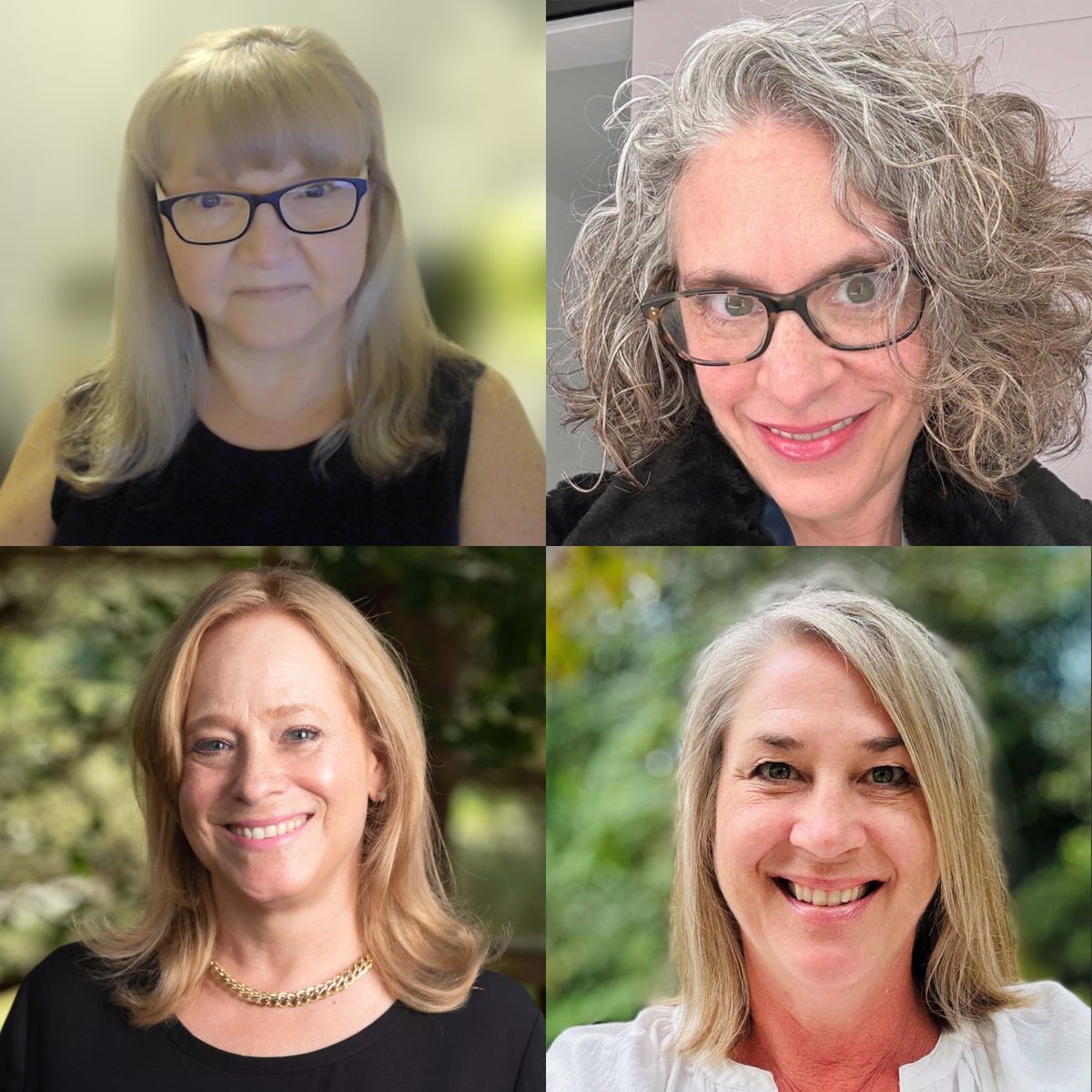
Presenter(s)
Event Details
Topic:
augmentative and alternative communication (AAC)
Format:
lecture
Subject Level:
intermediate
Age Span:
infant / toddler
preschool
kindergarten - grade 6
grades 7-12
adult
Target Audience:
AT specialist
autism specialist
consultant
educator
family member / caregiver
paraprofessional
special educator
speech language pathologist
Professional Development Credits
IACET CEUs:
.3 CEUs
ACVREP CEs:
2.5 CEs
Presentation Length: 2hrs 30mins
Date and Time (Central Daylight Time):
- October 24, 2025
- 8:00 AM - 10:30 AM
Location:
Atrium 4
Description:
This session examines how generative artificial intelligence can enhance various interactions with Augmentative and Alternative Communication (AAC) for individuals with speech and language impairments. Through real-life examples and commonly experienced scenarios, the presentation highlights AI’s ability to improve personalized communication, narrative writing, drawing, and more. It explores practical applications such as AI-powered chat assistants, generative art, and advanced communication devices, illustrating how these innovations promote independence and social engagement. Additionally, AI tools can generate vocabulary-building prompts and provide scripted support, enabling AAC users to participate more fully in class discussions. The session ultimately underscores AI’s transformative potential in breaking communication barriers and creating new opportunities for AAC users.
Learning Outcomes:
As a result of this activity, participants will be able to:
• Name two generative AI tools that may be used to enhance vocabulary expansion and message generation in AAC systems and describe the potential impact on user independence and communication efficiency.
• Explain procedures for using two AI-powered tools within evidence-based strategies for integrating into existing AAC frameworks while preserving authentic user voice and addressing ethical considerations.
• Identify a personalized assessment protocol tool that allows us to evaluate the appropriateness and effectiveness of AI-enhanced AAC solution
Disclosures:
Financial disclosures: Kelly does small contract work and training for educational agencies and for several A.T. companies, but is not a full-time employee of a company or receiving any compensation from those companies for presenting this content. She is the co-author of 2 Books on QIAT: Quality Indicators in Assistive Technology. She receives compensation from CTG for preconference presentations. Non-financial disclosures: Kelly is a volunteer leadership team member of QIAT, of Wisconsin AAC Network, and WATRN (Wisconsin Assistive Technology Regional Network). She is a member of CEC, ISTE, RESNA, and USSAAC/ISAAC.
Financial disclosures: Lauren is the sole proprietor of Engaging AAC Solutions, LLC. Through Engaging AAC Solutions, LLC Lauren does small contract work, coaching, consulting, and training for educational agencies. She also consults with several Assistive Technology companies in support of product improvement and development, but is not employed by any of these companies and does not receive compensation from those companies for her consultative support. Through Engaging AAC, she receives fees for speaking, coaching, consulting, and resource creation. She is a member of ASHA, ISTE and ISAAC, and USSAAC. She is a board member for the NIKA Project.
Financial disclosures: Beth receives a salary from LessonPix. She receives royalties from sales of Inclusive Learning 365, EdTech Strategies for Every Day of the Year. She receives fees for speaking and consulting. Non-financial disclosures: Beth is a member of ASHA, CEC, ISTE and ISAAC. She is a board member forAACcessible.org
Financial Disclosures: Sharon Redmon is a Special Education Teacher working in the K-12 public education system. She has her ATP from RESNA and consults as an Assistive Technology consultant for her private practice. Sharon has presented webinars for Building Wings and the Special Education Tech Center (SETC) in Washington State and CTG Webinar series for financial compensation. She receives compensation from CTG for pre-conference presentations. She receives funding from the AAC Leadership grant (U.S. Department of Education, H325D220021) at Pennsylvania State University. Non-Financial Disclosures: Sharon Redmon serves as a member of the Education Committee for USSAAC, and The Wisconsin AAC Network and is a founding member of WATRN. She has presented past webinars for AAC in the Cloud and Closing the Gap.

Leave A Comment
You must be logged in to post a comment.